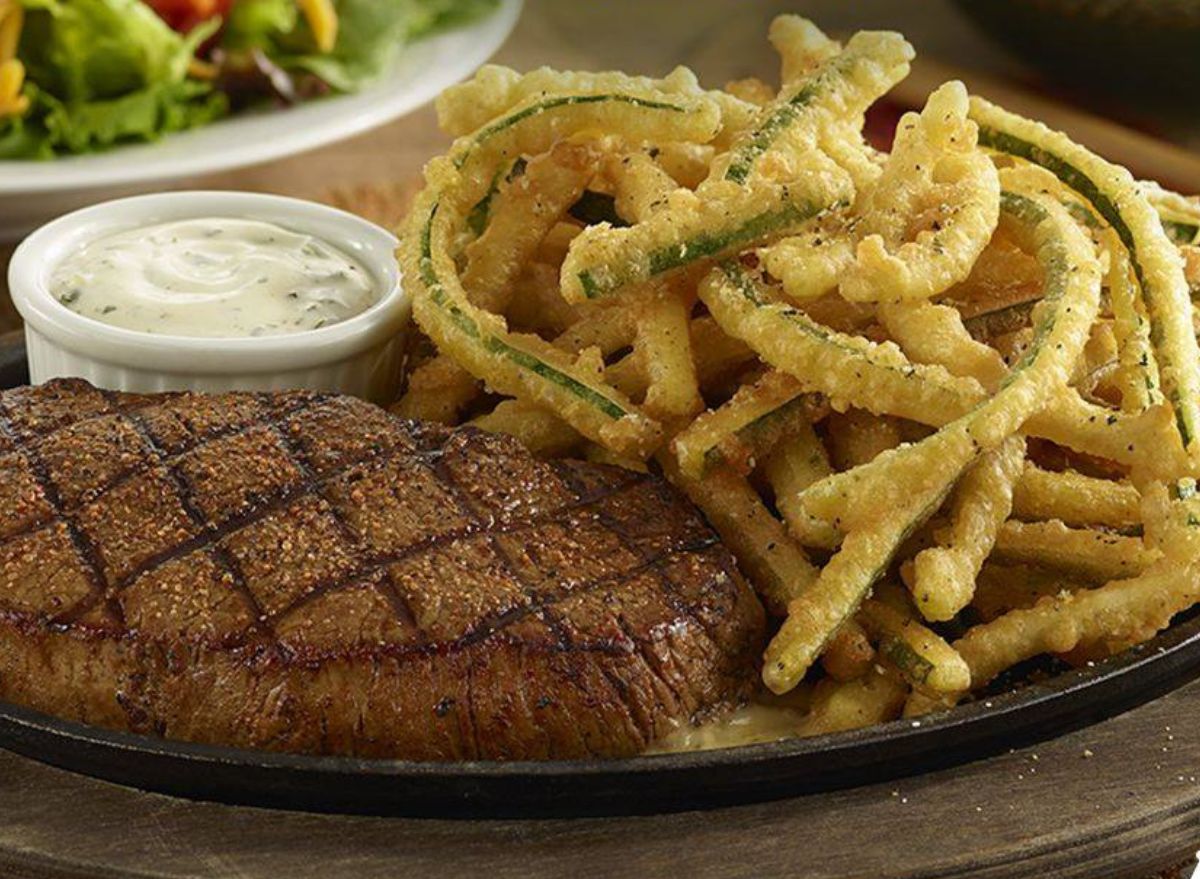7 Vegetables That Are Making You Fat
Vegetables should be a food group present at the majority of your meals. Spinach in your omelet, raw veggies with dip at lunch, and roasted broccoli at dinner are some examples of easy ways in which vegetables can be part of each dish. While these raw and lightly-cooked preparations maintain many of the important nutrients found in vegetables, this isn't the case for many other veggie-focused recipes and snacks.
Oil, salt, sugar, cheese, and breading are just some of the ingredients commonly used to boost flavor and texture in vegetable recipes, often turning them into high-calorie dishes. In fact, these characteristics may be making your favorite veggie much less healthy and could be leading to unwanted pounds.
Read on to learn 7 vegetables that could be making you fat. Then, for more healthy eating tips, check out Foods Preventing You From Losing Weight After 50.
Tempura eggplant
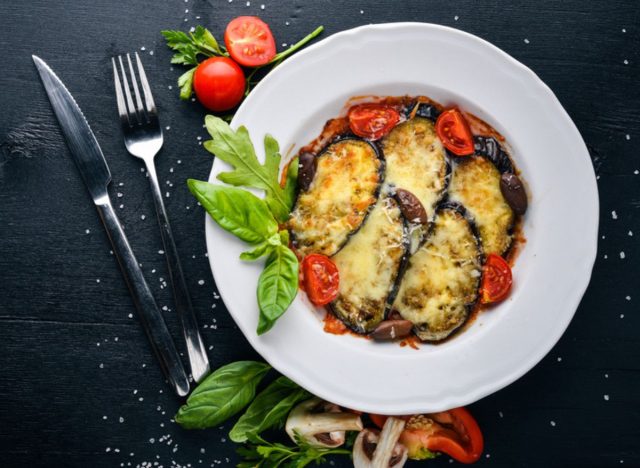
Crispy, savory batter surrounding a vegetable. This preparation could convince any veggie-hater to enjoy more produce! Eggplant is a nutrient-rich food that is relatively low in calories. Fiber and antioxidants are two of the important nutrients found in eggplant that may be compromised once battered and fried.
Tempura batter is traditionally made of egg, flour, and water before being used most often as a coating on vegetables and seafood. The coated food is then dipped in oil and deep fried. In the case of tempura eggplant, the tempura batter and oil add significant calories, most of which aren't great quality. While the fiber of the eggplant isn't compromised during frying, the antioxidant rich skin of this veggie is often removed before the tempura coating, leaving it void of many nutrients. Additionally, tempura dishes are often served with a dipping sauce, adding more low-quality calories to this meal.
Beet chips
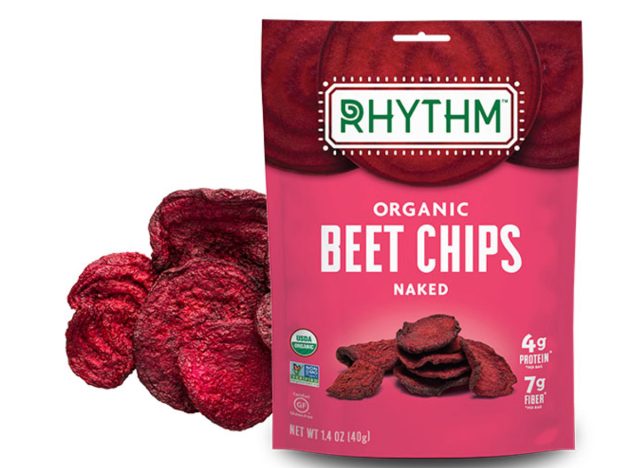
Beets are definitely not a universally-loved vegetable, as many are turned off by its "earthy" flavor. However, this vegetable is packed with nutrients like fiber, iron, and vitamin C. In fact, concentrated forms of beets, like beet juice, appear to lower blood pressure.
As great as this is, it is not the case for beet chips. When you take a very thin slice of beet, fry it in oil, and toss in salt, the nutritional value of beets becomes less dense. While some nutrients may still be intact, you would have to eat a very large serving of chips for any significant vitamin and mineral value, which would consequently leave you with a snack packed in calories, fat grams, and salt, all of which might make weight management more challenging.
Spinach artichoke dip
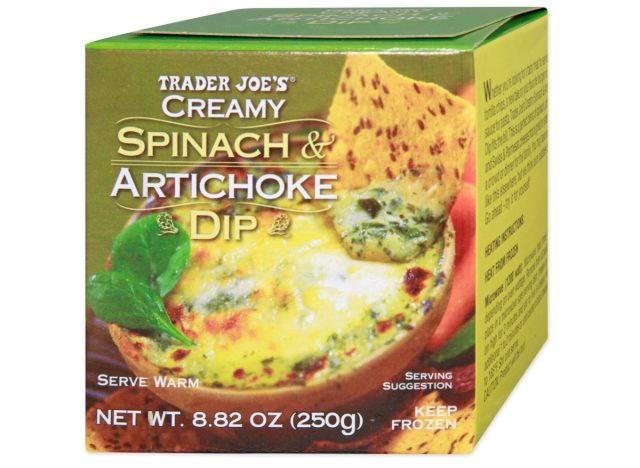
Two vegetables packed into one deliciously creamy dip. Sounds reasonable, right? Sorry to say, this dish may also be packing on the pounds. Even though spinach and artichoke are present in this recipe, the cream cheese, source cream, cheese, and more cheese often used to make this dip take away from the nutrient-dense vegetables.
Spinach contains vitamin C, iron, and potassium, just to name a few nutrients, and artichokes are rich in fiber and vitamin K. Some of these nutrients, especially the vitamin C and vitamin K, are reduced during cooking, leaving you with a less nutrient-dense dish.
Now, take those cooked vegetables and combine them with ingredients high in calories, fat, and saturated fat, which can raise blood cholesterol levels, and you've got a calorie-dense recipe that could contribute to weight gain. Additionally, this dip is often served with bread, another source of low-quality calories that makes this appetizer a less healthy option.
Fried okra
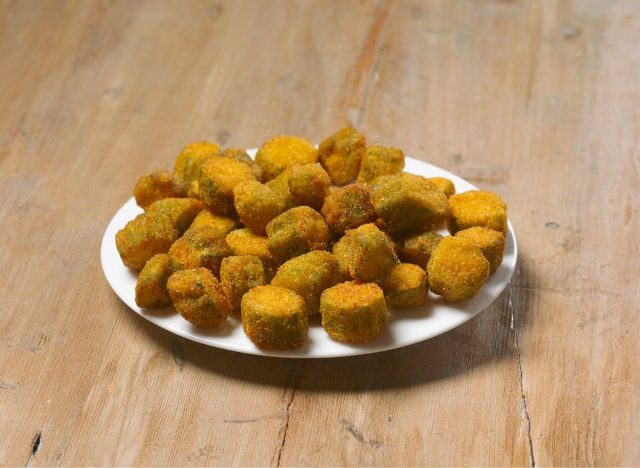
A popular dish in the southern states, fried okra is more known for its flavor than health and weight benefits. Okra is a naturally low-calorie vegetable that also contains fiber and vitamin C, and lesser amounts of other nutrients.
While stewed and sautéed are other preparations of this vegetable, fried is one of the most common. Compared to other fried vegetables on this list, fried okra is often made with cornmeal. While a unique ingredient for a fried vegetable, it still makes for a high-calorie and high-fat dish, two components that could contribute to increased weight.
Carrot cake

I'm sad to say it, but the shredded carrots are overshadowed by the less healthy cake ingredients in carrot cake. Another source of vitamin C and iron, carrots also pack lutein, an antioxidant that can aid in eye health. However, once cooked, the vitamin C and lutein are likely to degrade, leading to lower availability of these nutrients when consumed.
Losing these valuable nutrients during cooking takes away from the nutrient value of carrots, but the traditional cake ingredients used to make carrot cake make this a dish that is not especially friendly to weight loss goals. Sugar, flour, oil, as well as sugar and cream cheese used to make the frosting, make carrot cake one of the least healthy uses of carrots that may also lead to extra pounds.
Vegetable gratin
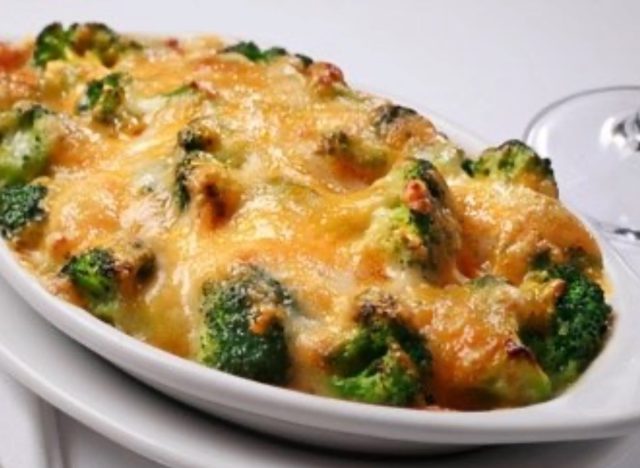
Perhaps you enjoy this as part of your holiday cooking, or have tried it at a restaurant, but "gratin" usually includes a dish with a browned crust of breadcrumbs and/or melted cheese. While delicious, both of these ingredients make for a higher-calorie meal.
Often made with hearty vegetables like sweet potato, parsnip, and beets, these veggies are then doused in a combination of heavy cream, cheese, and butter before being baked. These vegetables are starchier than others on this list, therefore naturally higher in calories and carbohydrates, but the dairy-based ingredients used in this dish are more to blame for making it less friendly for your weight goals.
Cauliflower fritters with aioli

Cauliflower has exploded in popularity over recent years due to its versatility in preparation and mild flavor. Cauliflower does contain valuable nutrients, like fiber and vitamin C, but when fried and dipped in a mayo-based sauce, this veggie becomes an extremely calorie-dense version of itself.
Seen on appetizer lists and fairly easy to make at home, cauliflower fritters are made with a combination of cauliflower, eggs, flour, and seasoning before being cooked in oil. This turns a very low-calorie vegetable into one packed with calories and low-quality fat grams. On top of that, once dipped in aioli sauce, another calorie-packed component of this dish, you have a veggie-based appetizer that may contain more calories than an entrée!
